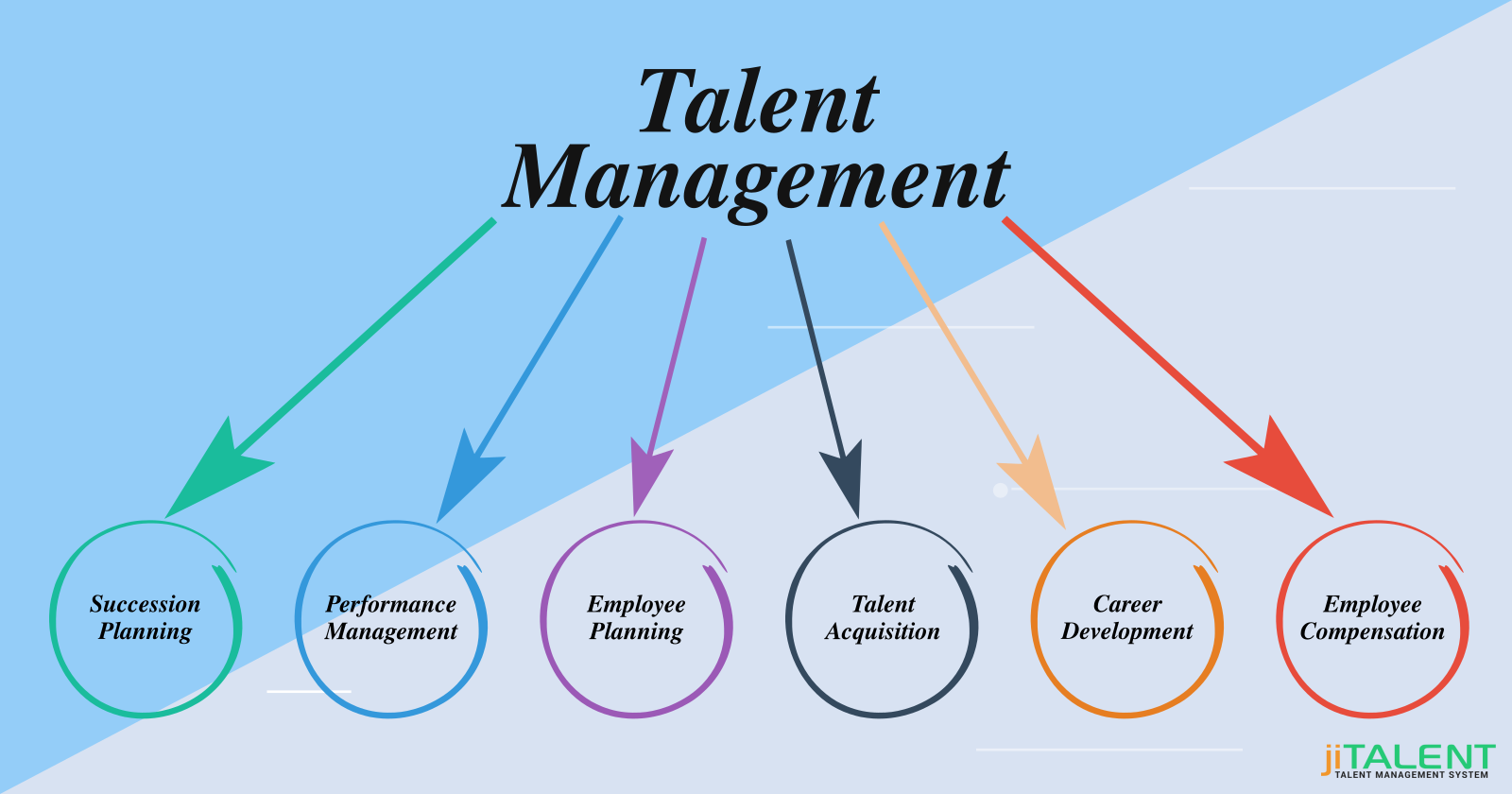When thinking about your organization’s future, it is essential to contemplate objectives, goals, and activities and also how to accomplish them. A noteworthy contributor is clearly your employees. Adjusting the organization’s business strategy to its workforce is called talent management, and it includes adjusting the right individual with the right role with the right tools. Talent management incorporates seven components that, when executed strategically, combine to keep the organization on the leading edge.
Succession Planning: Knowing the talent within your organization is a start. Knowing the key parts fundamental to its success is equally vital. Which roles are important for success? Who at present is filling those roles? What happens when those positions become available? Having a plan implies that the decisions are as of now made and that the organization will keep on running smoothly if a key position must be filled quickly.
Learning and Motivating: Semantics become imperative here in light of the fact that learning is more than training. Learning is the procurement of data and abilities, which yields information and experience. Implement learning programs that incorporate exercises and tasks that help the organization’s culture and initiatives. At the point when employees perceive how their development impacts the organization, they will see exactly how significant their part is.
Performance Management: Adjusting the ideal individual to the correct role is the core of performance management. Its definitive objective is to guarantee that roles line up with the business methodology to accomplish objectives. It empowers you to guarantee that you are aligning a talented employee to a role that suits them, creates objectives for progress, supports their improvement, and moves the organization forward.
Strategic Employee Planning: Building up your organizational objectives and strategic plan is also an important step. Next, you should consider how to achieve your objectives and execute the plan. All the more particularly, you should recognize the key parts and personnel who will get you there. You may as of now have the positions and people in place, or you may need to alter the present structure to fill the gaps.
Talent Acquisition and Retention: Bringing new talent into your organization is essential, yet similarly so is recognizing and cultivating talent you as of now have in-house. Hiring from within your organization is more cost-effective, so when you are working at talent pooling, make sure to look internally and externally.
Career Development: This binds back to the talent retention component and the idea that hiring from within is not just an alternative but preferable. Support potential leaders by providing professional development tools that can propel their profession.
Compensation: Alignment remains an important concept. Aligning your key objectives with incentives implies recognizing employees, rewarding contributions to success, and recognizing their value to the organization.
We regularly work with clients to align business strategy and talent management. jiTalent is one way we do that. It is a simple performance management system that provides the metrics and information to the managers and executives who need to make smart decisions to keep the company moving forward.










Share this post on: